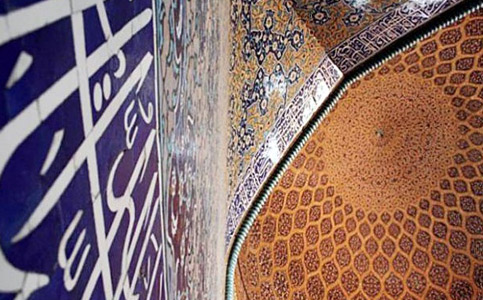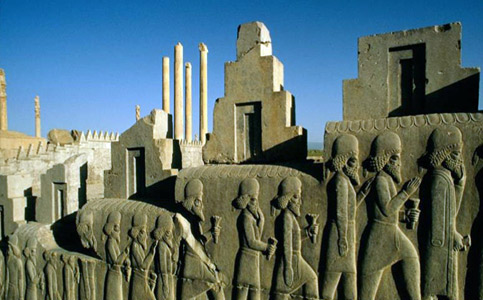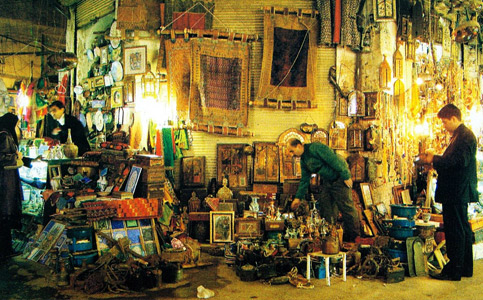Geographical Location and Population
Isfahan is well-known for the abundance of its cultural heritage and its fascinating beauties. It has rightly come to be called the “Gem of the East” and also, is symbolically know as “Half-the-World”. Along with its rich cultural assets, Isfahan has been working on the safeguarding Intangible Cultural Heritage and on the cultural recreation.
The city of Isfahan is the capital of Isfahan Province in Iran, located about 340 km south of Tehran. Isfahan is a self sufficient city from the view points of agriculture and industries, oil refinery, power stations, textile factories and hundreds of heavy and semi-heavy industries are located on the suburbs of Isfahan. The Isfahan metropolitan area had a population of 3,430,353 in the 2006 Census, the second most populous metropolitan area in Iran after Tehran.
History
Ancient Isfahan was part of the Elamite and later, it became one of the principal towns of the Median dynasty. After the liberation of Iran from Macedonian, Isfahan was the centre and capital city of a large province of the Parthian dynasty. In the Sassanid era, Isfahan was a military centre with strong fortifications.
Isfahan fell temporarily under the rule of Arabs. After this period, Isfahan was one of the most thriving and important cities of the world. It flourished from 1050 to 1722, particularly in the 16th century under the Safavid dynasty, when it became the capital of Persia for the second time in its history. During the reign of Shah Abbas I, who unified Persia, Isfahan reached its pinnacle. Isfahan had parks, libraries and mosques that amazed Europeans.
In its heyday, Isfahan was one of the largest cities, with a population of over half a million; 163 mosques, 48 religious schools, 1801 shops and 263 public baths.
In 1722, Afghans raided Isfahan after a long siege, which left much of the city in ruins. Although the Afghans were a primary cause of Isfahan's decline, it can also be attributed to competition from maritime commerce developed by European. Isfahan's wealth originated in its role as a chief way station along the trans-Asia trade route (such as the Silk Road). Such land trade dwindled as the cheaper sea routes increased in popularity for transporting commodities between Asia and Europe.
Today Isfahan, the third largest city in Iran, produces fine carpets, textiles, steel, and handicrafts. Over 2000 companies are working in the area using Isfahan's economic, cultural, and social potentials.
Intangible Cultural Heritage
1. Handicrafts
Isfahan is a shopping paradise for tourists. A great variety of beautiful handicrafts at quite reasonable prices are available. At least 100000 of Isfahanian artists produce handicrafts, carpets, jewelries, printed materials(qalam-kar), khatam, mina, miniature paintings, qalamzany, silver work, copper work, rugs and so on. Every year many Isfahanian artists take part in international exhibitions, especially at International Handicrafts Exhibitions and win several prideful prices.
2. Carpets
Iranian carpets with a long history which goes back to pre-Islamic era are popular all over the world. Isfahanian carpets are considered as one of the best kinds of Iranian carpets. Beautiful designs of tile and tile-mosaics of historical monuments have been recreated in Isfahanian carpets. A part of the old bazzar is allocated to the Carpet Bazzar, which is visited by domestic and international tourists.







Follow ICCN